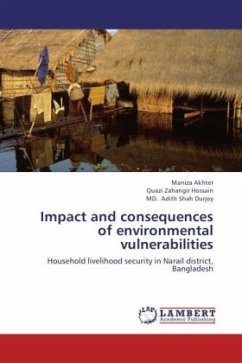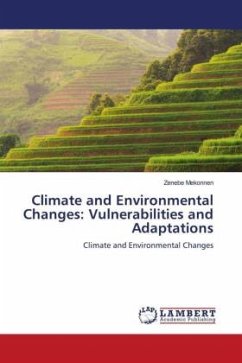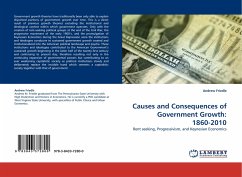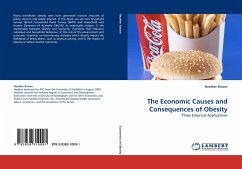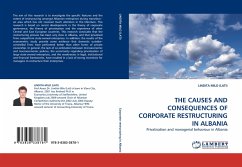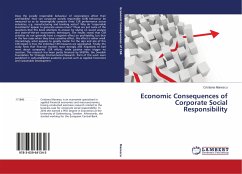The study was being a coastal village named Shuktogram of Narail district is subjected to multiple vulnerabilities with a diverse livelihood groups. The major changes in livelihood pattern of the study area brought by several Environmental Vulnerabilities (EVs) which affecting Household Livelihood Security (HLS). About thirteen occupational groups were found in the study area among which farmer (25%), agro-labor (20%) and fisher (13%) are the three largest livelihood groups. From this study it is found that all the EVs affect HLS in different magnitudes and which in turn alter the life style of the people of respective area. Eight HLS outcomes were identified according to CARE s HLS model namely food security, education, health, shelter, personal safety, nutrition, water, and community participation. It has been observed that majority of the households are subjected to insecurity in case of all of the outcomes. Food security status is in worsening condition among the eight outcomes where 79% households remain in food insecurity. High impact on crop failure, vegetation loss, and reduction in fisheries resources may make such food insecurity.
